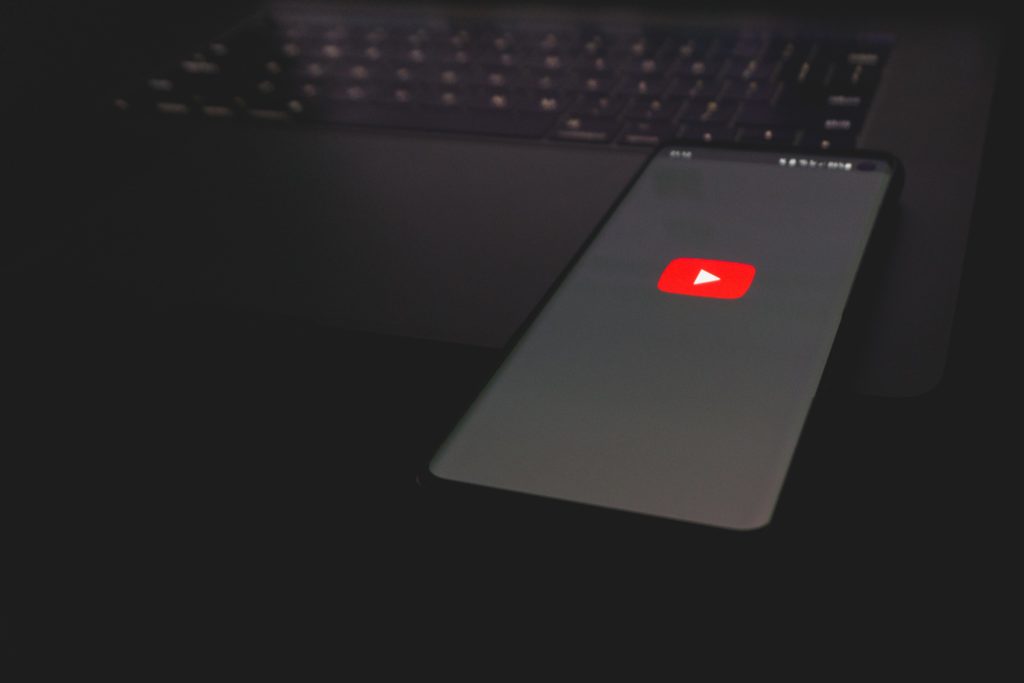
One of my favorite channels on YouTube is Colin and Samir. They are two YouTubers on a mission to break down principles of content creation for content creators.
They follow incredibly sensational trends (the D’Amelios, MrBeast, Squid Game, Khaby Lame, etc.) but they are not sensational people. Instead, they use explanatory journalism (think: Vox) to unpack exactly what it is that creators are doing a good job of, why they are going viral, and how that work sits on a whole spectrum of media creation from the pre-internet era to today. They are even-keeled individuals who are using quality information, not sensation, to gather a following. And though their following is moderate, their work is exceptional.
One of my favorite aspects of watching the chanel is observing the way they tailor their own content to follow the advice they put out.
For example, while watching them analyze MrBeast’s approach to retention on his chanel your attention is retained by the strategies Colin and Samir have adapted for that exact video. Beautiful.
They demonstrate that the creator economy is booming.
While I have no interest in getting YouTube or social media famous, there are aspects of publishing on YouTube as a violin teacher that really excite me.
Throughout the pandemic Suzuki teachers have flocked to online training opportunities and the Suzuki Association of Americas has adapted to offer many, many courses online. The fact that many teachers have used the opportunity to complete all 10 units of training, do practicums, and further their education in general has shown that teachers are craving opportunities to develop themselves outside of, or in addition to, the summer institute model.
Summer institutes and workshops are far and few. When you do attend, they are a rich, intense doses of learning, however they are incredibly money and time intensive. Teachers with a large teaching load and comitted personal life will find it hard to attend many. Going to the SAA conference and one institute a year is a big investment with (arguably) marginal return. Until 2010 Unit training was the most straightforward way to further your education. They were the best option. Conferences and workshops were the industry standard.
But is that still the case? Are there ways to distribute teaching ideas, environment, and inspiration throughout the year? I think so.
YouTube is the home for Hype houses, Trick shots, and silly compilations. But it is also the home for incredible and unique short films, from fashion analysis (link) to industrial essay films (link).
Of course there is incredible innovation going on in the music nerd community, too. More than just TwoSetViolin!
From Jacob Collier’s Logic Session Breakdowns to George Collier’s annotation of meme sounds to Adam Neely’s essays on jazz theory. There are so many opportunities to deepen your fascination with music through YouTube.
I think it’s time Suzuki teachers step into the gap between interest in music and the powerful capabilities of video essays.
YouTube is the perfect home for this exploratory content…
1) marries video and audio
There are so many ways to use the screen to demonstrate music visually, take us onto a computer screen, offer a variety of angles, or animate exactly what you want the audience to pay attention to. (A great example of this is lifting exercise illustrations https://youtu.be/VL5Ab0T07e4). There are things you could never do in person (at a conference, in the classroom) that you can do so easily with video.
2) is long form
Instagram, tik tok, messages go by so quickly. Videos promoted on those platforms favor inflamatory or ridiculous content to boost viewership. It’s too hard to keep up with 20 second videos. Go long form. Teach teaching in a place where sustained viewership is the norm.
3) equally as searchable as it is ‘social’ based.
Unlike vimeo or blog writing, there are a bunch of viewers waiting to watch YouTube vidoes. A whole audience is waiting for you. They can search your content, subscribe to your chanel, and come back time and time again. You don’t need a big audience to start a community. I think if you are regularly posting lessons, teaching points, and teaching analysis you will quickly develop a loyal community of viewers.
I’m ready to see the Suzuki teaching community embrace the power of YouTube to accelerate our ability to share ideas and stoke our own inspiration throughout the year. I want to be able to bury myself in Suzuki Teaching as you are now able to do in music theory, physical fitness, cooking, creator content, vlogging, finance, homeschooling, hiking, etc, etc, etc.
Is there an audience for this niche kind of video?
With YouTube being THE place to go for searchable video content, I think so. YouTube has over 2 billion users worldwide. TwoSet verifies that there is a huge audience (3.5 million) of young musicians who want to watch classical music content. During the pandemic concert artists like Augustin Hadelich and Kerson Leong took to YouTube not to just perform but to teach. These videos collectively have hundreds of thousands of views. The SAA reports that there are nearly 6,000 registered Suzuki teachers in the USA alone, and Elizabeth Faidley, a Suzuki inspired pedagogue, has nearly 60,000 followers on Instagram. The perfect place for long form, information based videos about teaching would be on YouTube.
And again, Suzuki teachers have the luxury of not needing YouTube to make them famous, but to be a platform for distributing teaching ideas more effectilvely. At the very, very least posting your teaching ideas on YouTube are simply of way of exercising vulnerability, iterating in public, clarifying your vision and honing your craft.
I hope I’ve convinced you of the opportunity available on the fronteir of YouTube. In the next few posts I’m going to explain how I use YouTube, list all the video ideas that I’ll never get to (but you should!), and acknowledge some of my fears that remain about pressing publish.

Leave a Reply